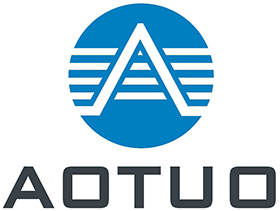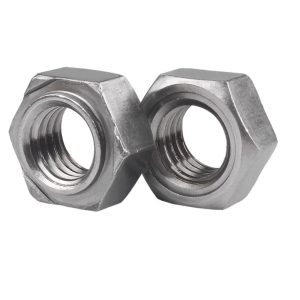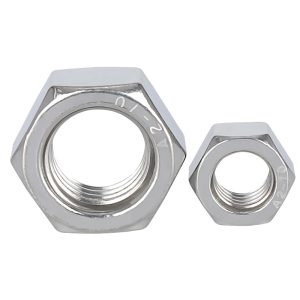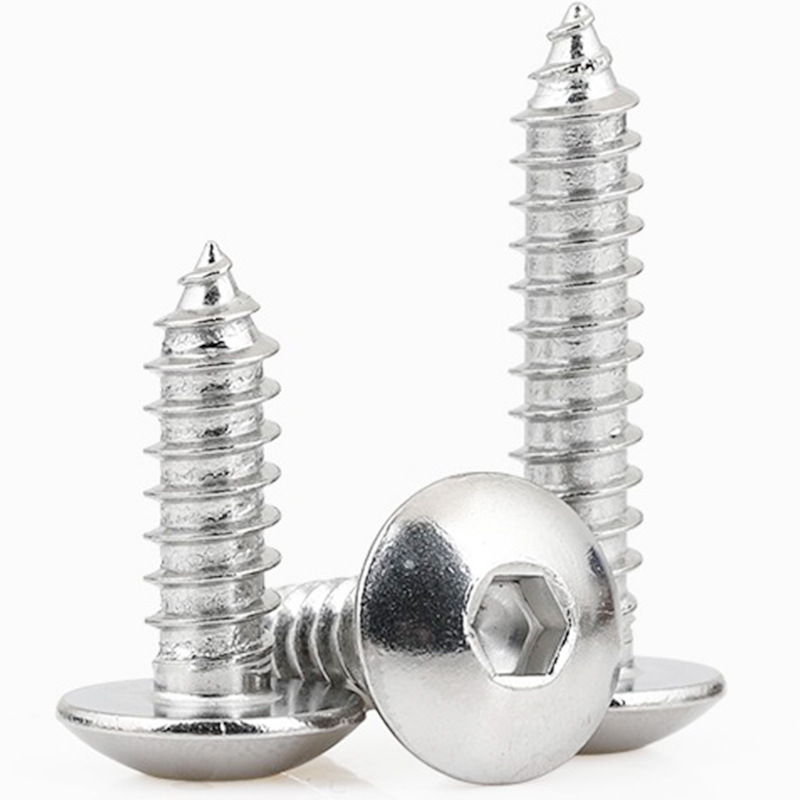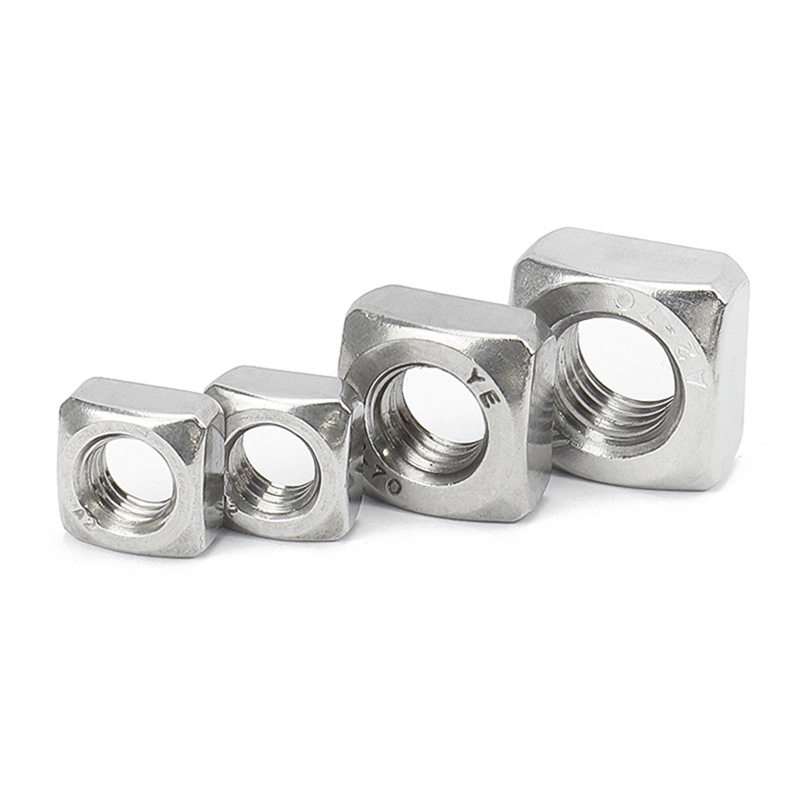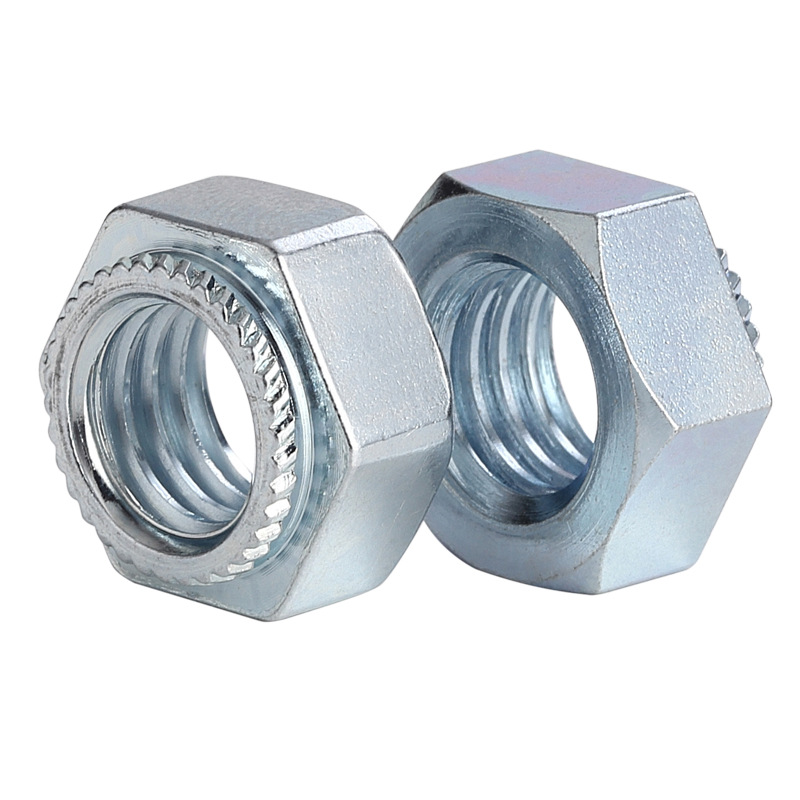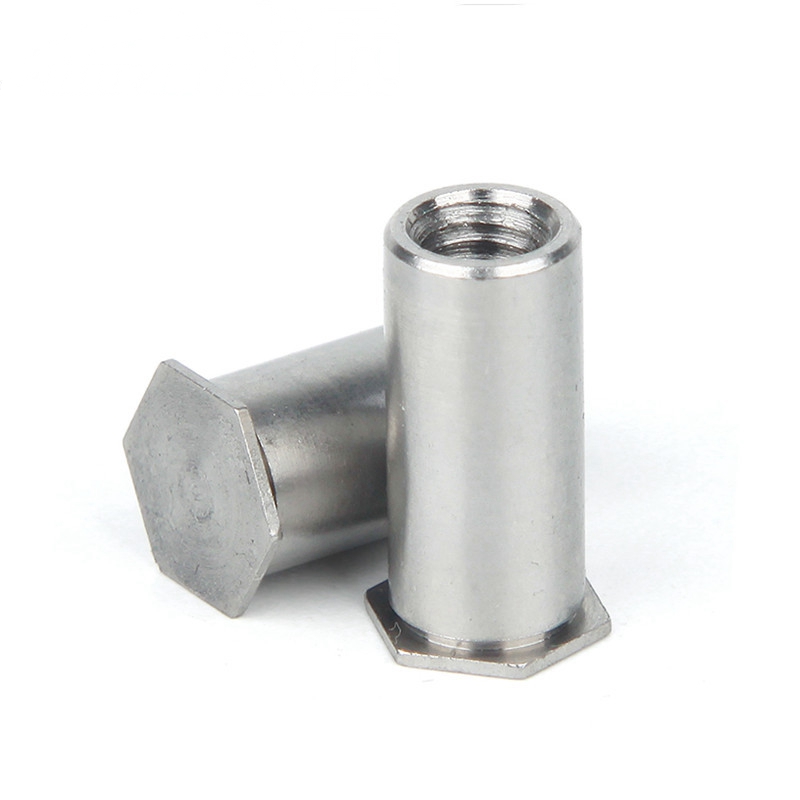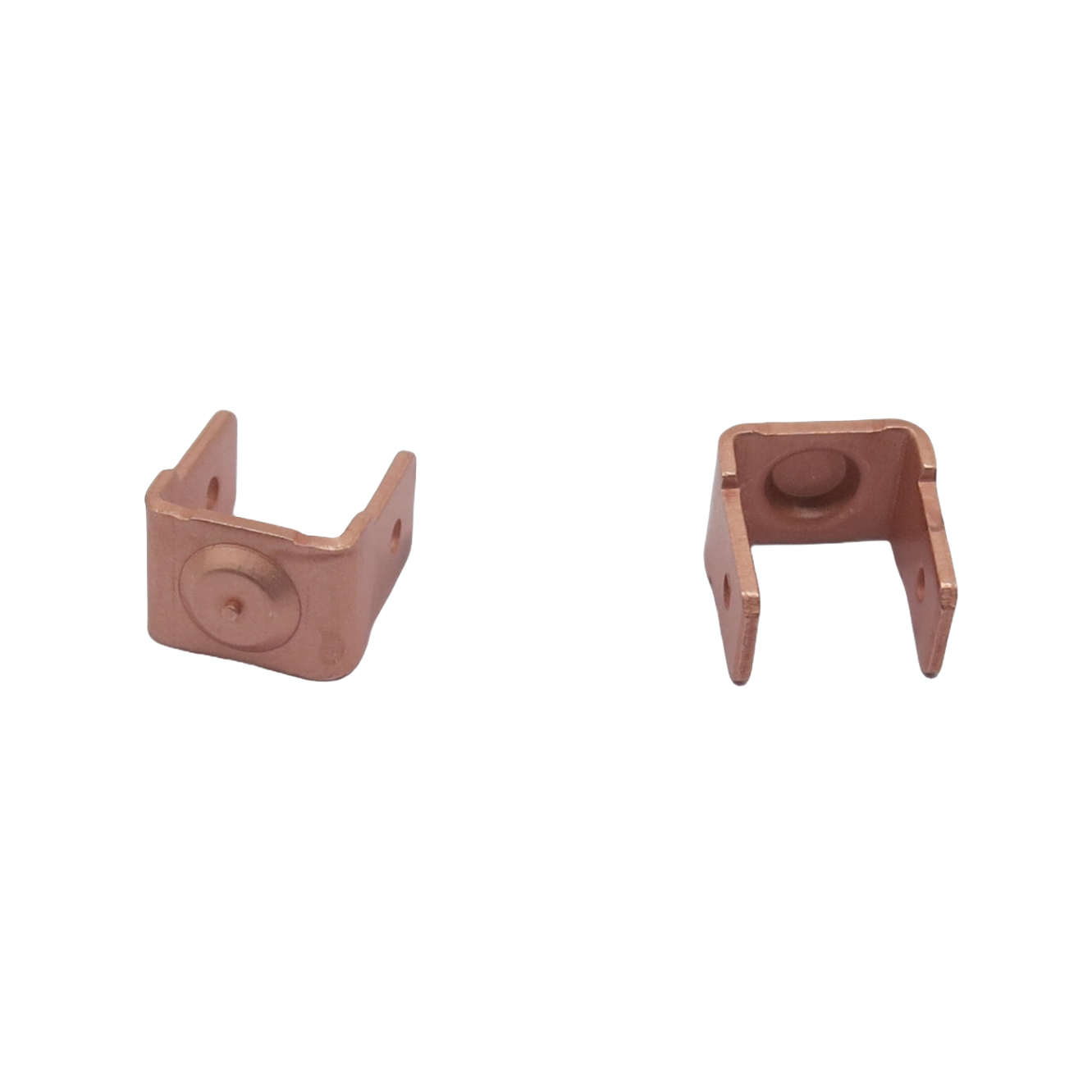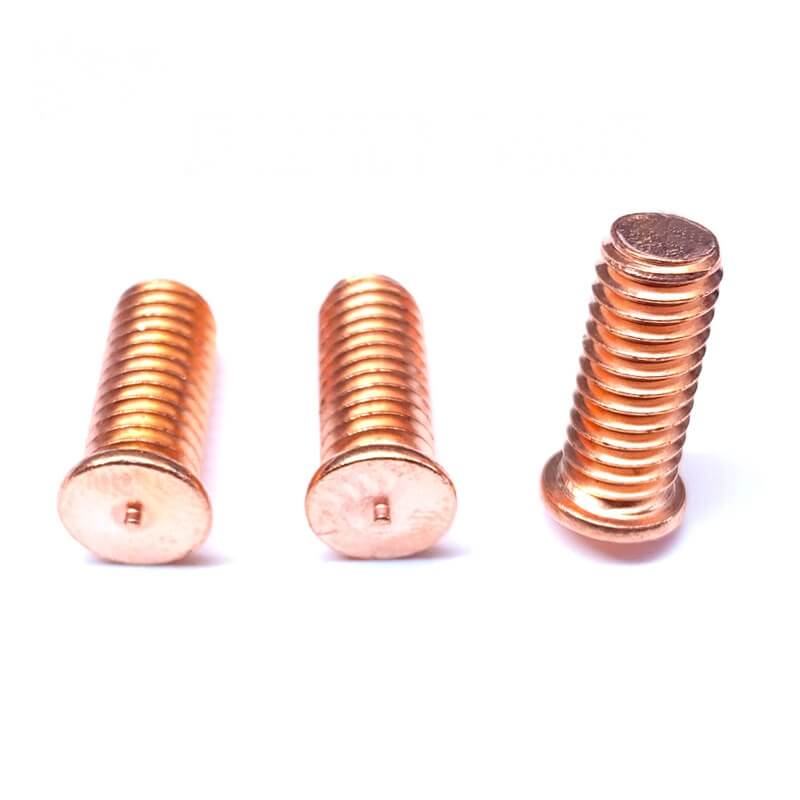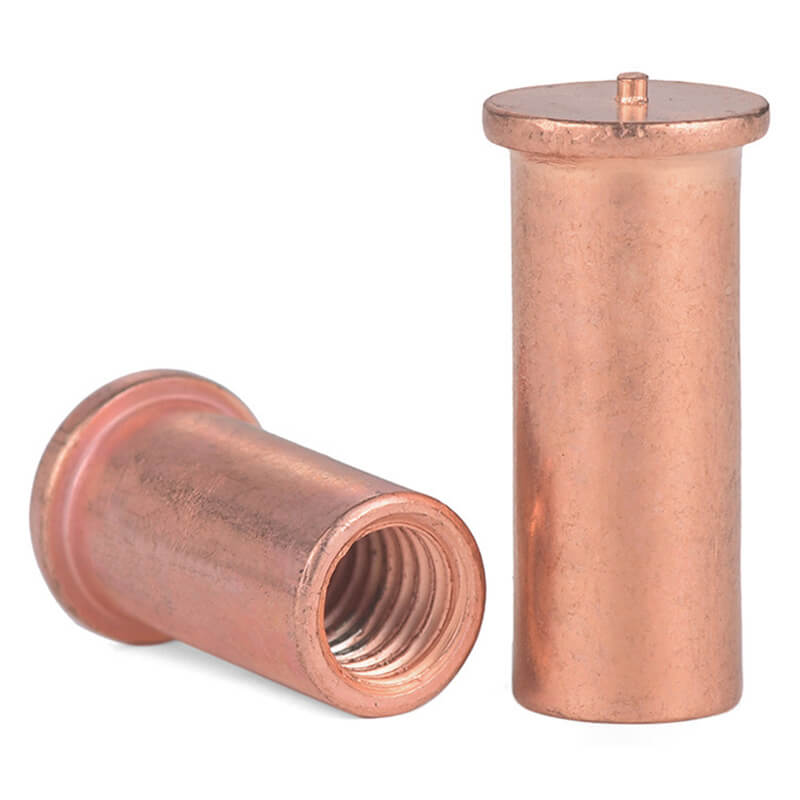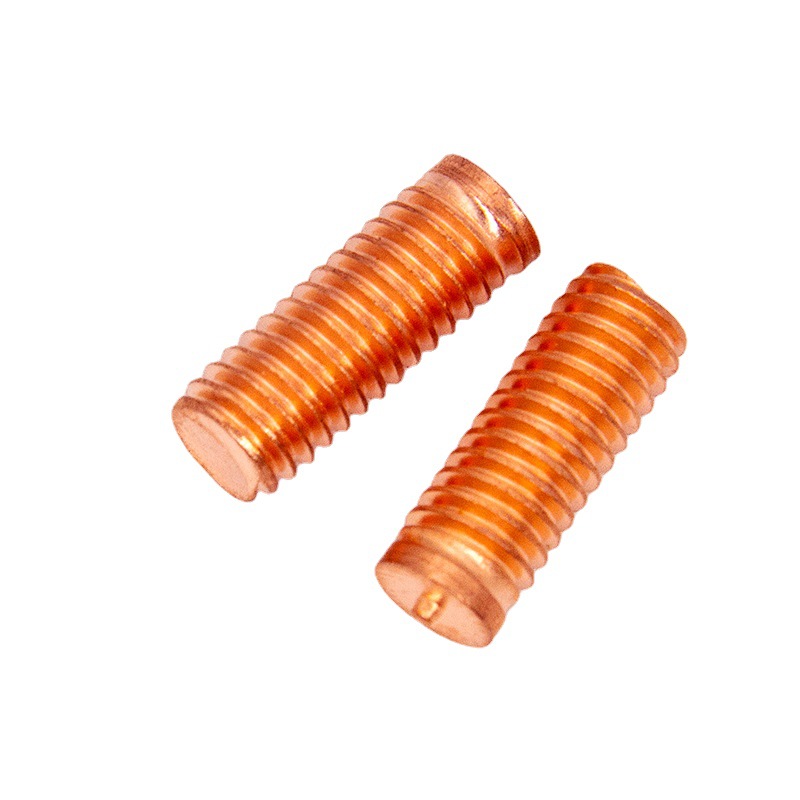1. What is a weld nut?
Welding nuts are a type of nut suitable for welding. They are usually made of weldable materials, so the thickness is more suitable for welding. Welding is equivalent to fusing two separate parts into one, melting the metals together, and then cooling them. Alloys will be added in the middle, and the molecular forces act inside, so the strength is generally stronger than the parent body.
During welding, the strength is relatively high and it is widely used. It can be thick or thin, but the high temperature will cause the connected parts to deform and cannot be disassembled. In addition, some active materials cannot be welded by conventional methods. The welding parameter test depends on the size of the weld fusion and adjusts the welding parameters according to the fusion size until it is completely eliminated. Of course, the quality of welding depends on pre-welding treatment, dust removal, oil pollution, etc.
Welded nuts are nuts that are suitable for welding on the outside of the nut. They are generally made of weldable materials and are thicker and suitable for welding. Welding is equivalent to turning two separate parts into a whole. The metals are melted at high temperature and mixed together and then cooled. Alloys are added in the middle. The molecular forces act inside, and the strength is generally greater than that of the parent body.
Welding nuts are a process in which the materials of the workpieces (same or different) are heated or pressurized or both, and with or without filler materials, so that the materials of the workpieces can achieve atomic harmony and form a permanent connection. Welding nuts are fasteners with internal threads and used in conjunction with bolts. Mechanical parts with internal threads and used in conjunction with screws to transmit motion or power.
2. What are the materials of welding nuts?
- Stainless steel
The weld nut made of stainless steel has a hardness grade of A2-70. Stainless steel has very good weldability. It is very wear-resistant during welding and will not deform due to long-term welding. Stainless steel can withstand high temperatures of 1200 degrees, which is excellent temperature resistance.
- Heat-resistant steel
The biggest reason for using heat-resistant steel as a material for welding nuts is that heat-resistant steel can still maintain very good chemical stability in high temperature environments, and at the same time, it can maintain high-strength oxidation resistance.
- Low carbon steel
Low carbon steel is the most common type of welding material, and most of it is used to make heat-treated parts. The reason why low carbon steel can be used to make weld nuts is that its carbon content is very low, which is very suitable for welding and forging.
3. Classification of welding nuts
T-type welding nut
Hexagonal welding nut
Square welding nut type A
Square welding nut type B
Square nut
4. Introduction of Hexagonal Weld Nuts
Hexagonal welded nuts are a very common type of fasteners, and their nominal thickness, edge thickness, and performance level have different standards. In the selection and use, the actual situation must be combined to choose the combination. Hexagonal welded nuts are hexagonal nuts used for welding. The shape is hexagonal, one side is the same as the hexagonal nut, and the other side has three welding points and a boss. The three welding points are used for welding, and the boss is used for positioning.
Hexagonal welded nuts solve the problem that ordinary nuts cannot fix the parent body. There are three welding points and a circular boss on one side of the nut. The boss is used for positioning, and the welding points are used for welding. First, punch out the positioning hole on the parent body, position the boss of the nut on the hole, and then use a spot welder to weld the nut to the parent body. The welding principle is to melt the three welding points of the nut at high temperature, so that the welding points melt on the parent body to achieve the welding effect. This connection method is a non-detachable connection.
5. The difference between welded hexagonal nuts and ordinary hexagonal nuts
- Overview of welded hexagon nuts and ordinary hexagon nuts
Hexagon nuts are a common accessory for connecting fasteners. Ordinary hexagon nuts and welded hexagon nuts are both types of hexagon nuts. Ordinary hexagon nuts are elastic elements used to lock fasteners to prevent loosening. Welded hexagon nuts are fixed elements welded on machinery and equipment.
- Difference in usage
Welded hexagon nuts do not need to be connected to machines or other fastening elements through threads, but are fixed by welding. Therefore, when used, welded hexagon nuts are mainly used to connect large workpieces or fixed parts of machines and equipment to ensure the stability and safety of the equipment. Ordinary hexagon nuts are used to connect loose or lock fasteners.
- Material difference
The material types of ordinary hexagonal nuts are the same as those of welded hexagonal nuts, and materials such as stainless steel, carbon steel, and alloy steel can be used. However, the selection of materials and the requirements of production processes will vary according to actual needs. Welded hexagonal nuts usually need to be made of thick-walled steel pipes, so that they can be welded firmly on machinery and equipment and not easily loosened.
- Difference in processing technology
Welded hexagonal nuts usually require cutting of steel pipes first, and then production through processes such as rolling, cold drawing, and hot drawing. Ordinary hexagonal nuts are manufactured through processes such as forming, turning, boring, and tapping. Since welded hexagonal nuts need to withstand greater forces, they will also undergo heat treatment or other special anti-corrosion processes in the welding process.
- Precautions
When using welding hexagonal nuts and ordinary hexagonal nuts, you should choose according to specific needs. When connecting workpieces or machinery and equipment, you should pay attention to using the correct nuts and fasteners to reduce thread damage. At the same time, avoid using too strong torque when connecting to avoid damaging the fasteners.
